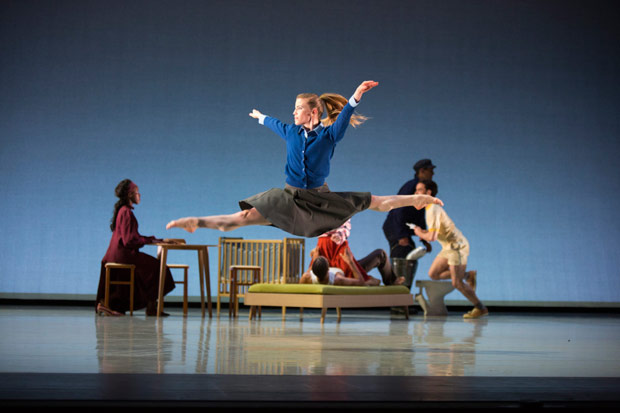
© Ellie Kurtz. (Click image for larger version)
Rambert
Ghost Dances, The days run away like wild horses, The Three Dancers
★★★★✰
London, Sadler’s Wells
16 May 2017
Gallery of Ghost Dances pictures by Dave Morgan
www.rambert.org.uk
sadlerswells.com
Christopher Bruce’s Ghost Dances is one of Rambert’s iconic works, and these performances, the first at Sadler’s Wells for 14 years, show it has lost none of its potency. Bruce was moved to create the piece in 1981 as a response to the violence of Pinochet’s bloody regime in Chile. His central figures are a “danse macabre”/Day of the Dead style trio of skeleton shamans, hair flowing wildly from terrifying skull masks and musculature highlighted on their bodysuits, who stalk a shadowy limbo-like landscape.

© Dave Morgan. (Click image for larger version)
The people arrive in procession, a wary, disorientated, somewhat dishevelled crowd. Singly, in couples and as a group they enact joyful and intimate moments from life, Bruce skilfully weaving an idea of Latin American folk dance movement into his choreography as Nicholas Mojsiejenko’s insistent arrangements, with pan pipes, unusual percussion and drums like rolling thunder, provides a soundtrack that encompasses celebration and lament.
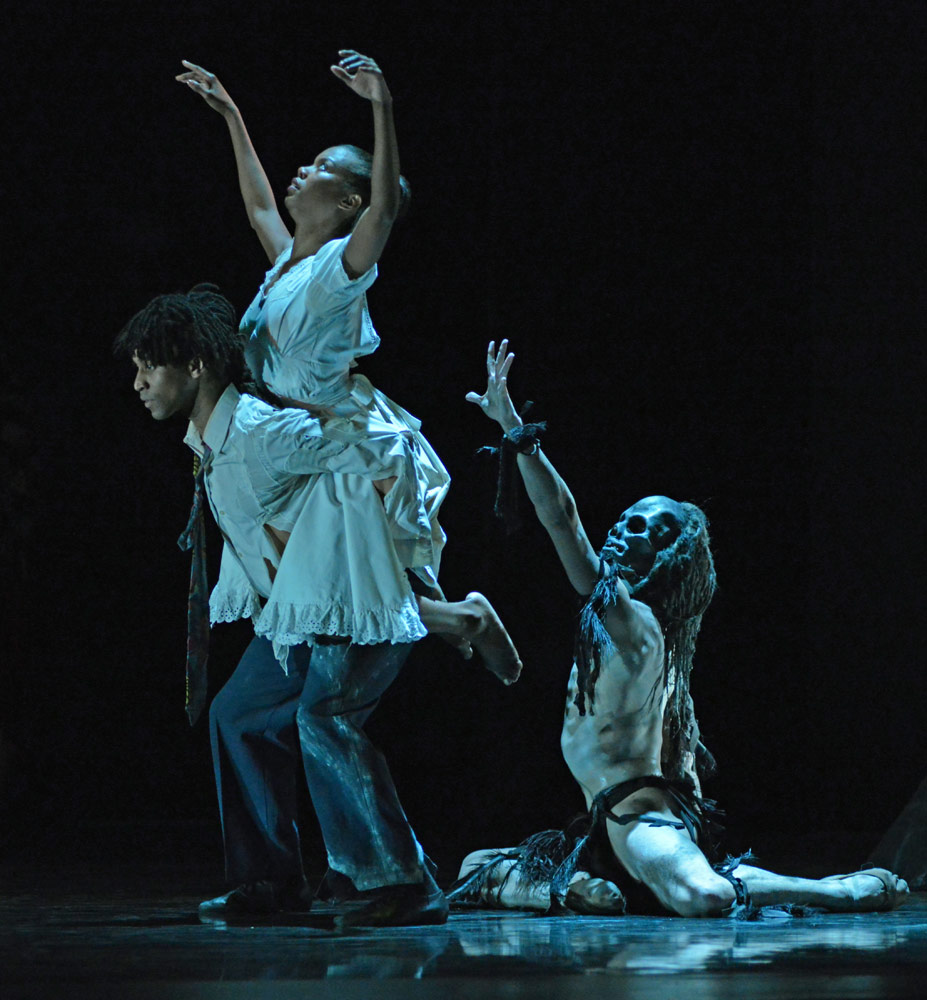
© Dave Morgan. (Click image for larger version)
This is dance as an act of remembrance, offering tiny vignettes of individual lives lived, within which a simple movement can carry huge emotional weight. And then, each time, these carefully delineated characters freeze and the shamans move in, implacably, to carry off the dead. Ghost Dances humanises the scale of the tragedy with remarkable, clear-eyed, simply drawn empathy – the cast throw themselves into the piece and are magnificent.
A Latin flavour permeates this whole triple bill – Rambert’s new offering, The days run away like wild horses, is driven by the Mexican composer Arturo Marquez’s Danzones 1, 2 and 3. The choreographer Aletta Collins takes her inspiration from an Oscar-winning 1981 short animation created by Zbigniew Rybczynski, which is recreated in the first section of this piece.
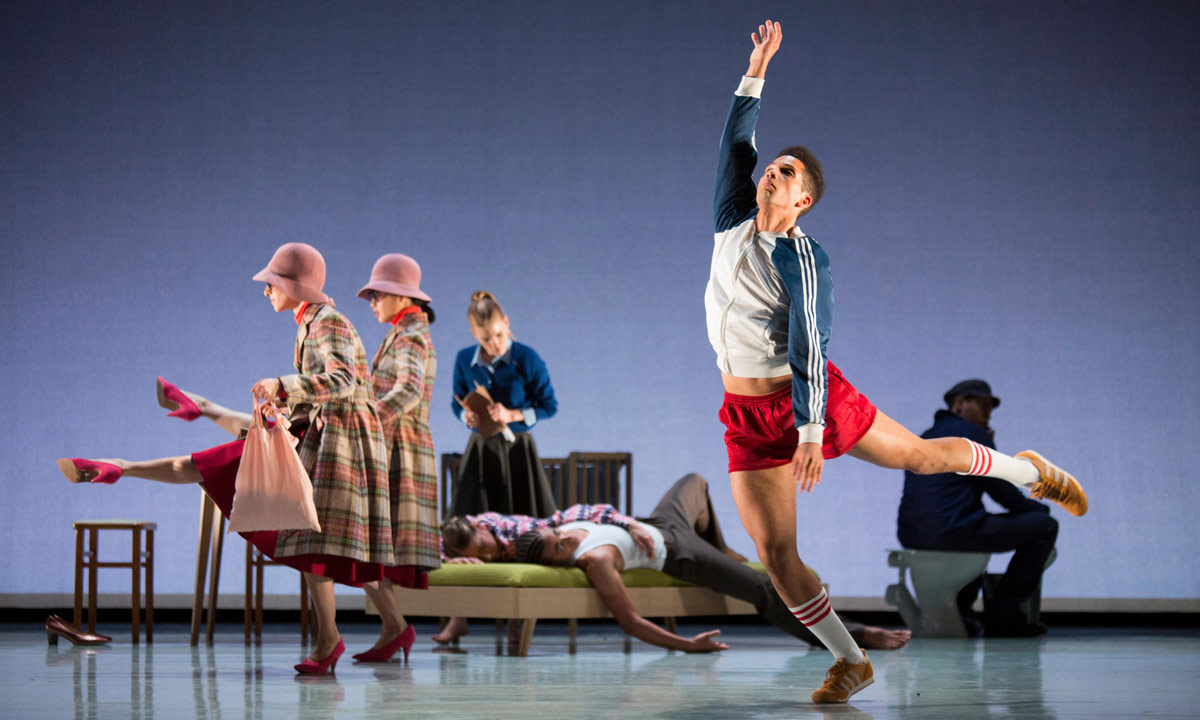
© Ellie Kurtz. (Click image for larger version)
An increasingly large cast of characters slowly fill a room, carrying out their own actions on a loop – a boy throws his football through the window, a mother puts a baby in its cot, a girl does her homework, a couple seethe with resentment – without interacting with any of the others. There’s one notable difference: Collins adds a solitary, still woman seated at the table as the cacophony around her grows. Is she surrounded by her memories?
The teeming vitality of this opening offers exuberant fun, as does the playfulness Collins adds to her source material – the couples that appear, one sulking, one amorous, leave the room and return played by different dancers; for a moment, the whole assembled cast bounces in time to the loved-up couple’s rumpy pumpy on the couch.

© Johan Persson. (Click image for larger version)
Then the walls of the room come apart and we slide into abstraction. On a cleared stage, all the cast appear in the same burgundy costumes as the woman and her husband (although some of the men are wearing the dresses and some of the women are wearing the suits), the idea of ritual and repetition distilled right down. As Marquez’s music flickers with hints of tango and bossa, and the plangent notes of a Spanish guitar, there are some striking moments: the ensemble moving as one, or convulsing in a chain reaction, patterns forming and dissolving, then giving way to intriguing duets. Adam Park and Hannah Rudd find a sweet spot between gymnastic prowess and heartfelt tenderness as they power through Collins’s demanding duet of tricksy lifts. There is, though, perhaps more of this section than can comfortably be sustained with no clear through narrative to guide you.
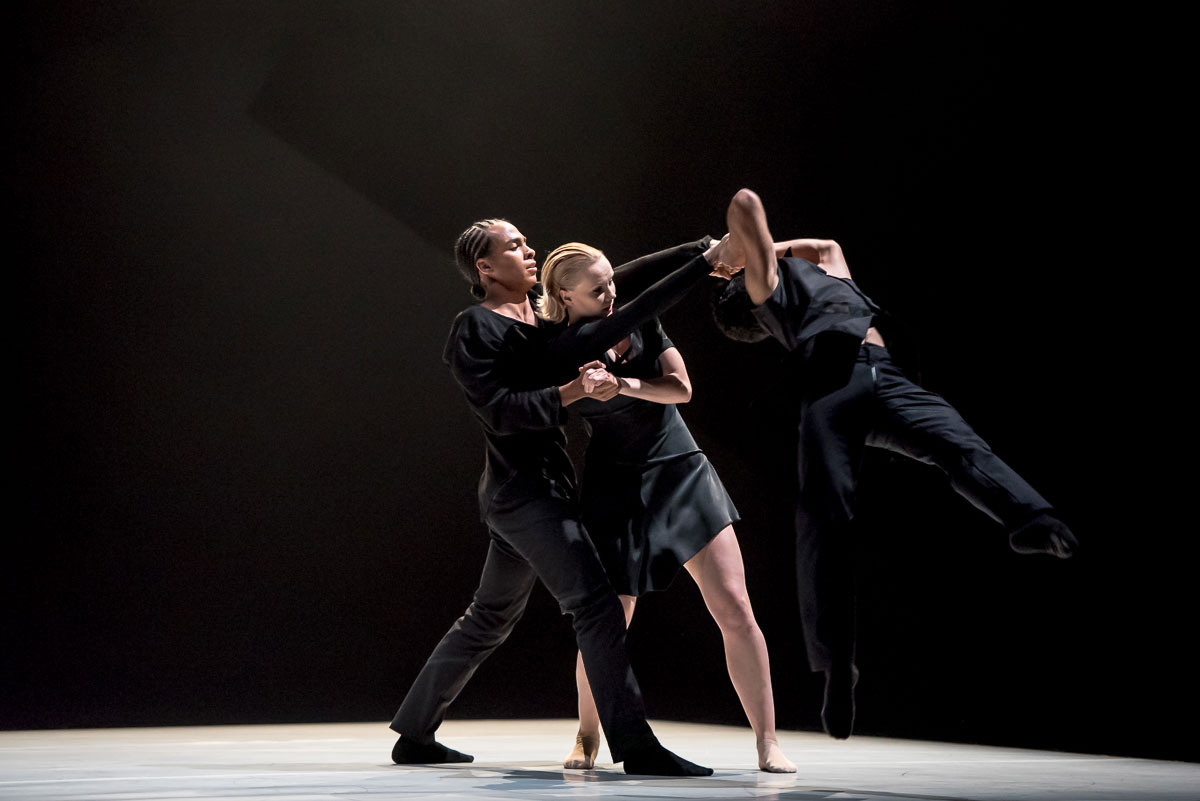
© Stephen Wright. (Click image for larger version)
For me, the middle piece was the dud. The Three Dancers, revived from 2015, is the choreographer Didy Veldman’s response to Picasso’s painting of the same name. There is indeed an intriguing back story to what at first glance looks like Picasso’s celebration of dance; namely, a fatal love triangle among friends of the Spanish painter. Veldman dispenses with Picasso’s riot of colour – she presents two trios, one dressed in white, the other in black, on a stark stage and sets them in motion. At first the trios keep their arms linked, like the painted threesome, creating knotty, writhing, unsettling movement. As they fracture, the trios are sometimes in counterpoint, sometimes melding into each other and swapping elements. If they represent two aspects of the same ménage a trois their collisions should be telling, as ego and alter ego clash in male duets, as the women slide between groups, as one figure is manipulated, marionette-like, by another. And yet there felt like no way into this choreography. Mirrored shards descend but have no effect on the dancers’ movement, and Elena Cats-Chemin’s commissioned score, vaguely French with its accordion and strings, is at times rather enervating. The goal was to capture Picasso’s cubism in dance – the result is something so abstracted that you have no sense of this going anywhere, and it all feels oddly impersonal.












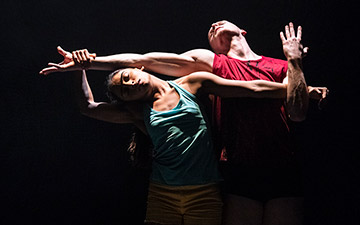

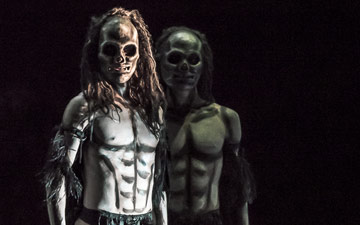
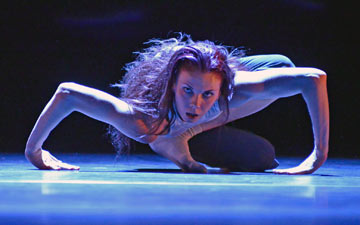
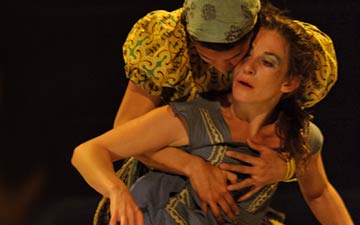
You must be logged in to post a comment.